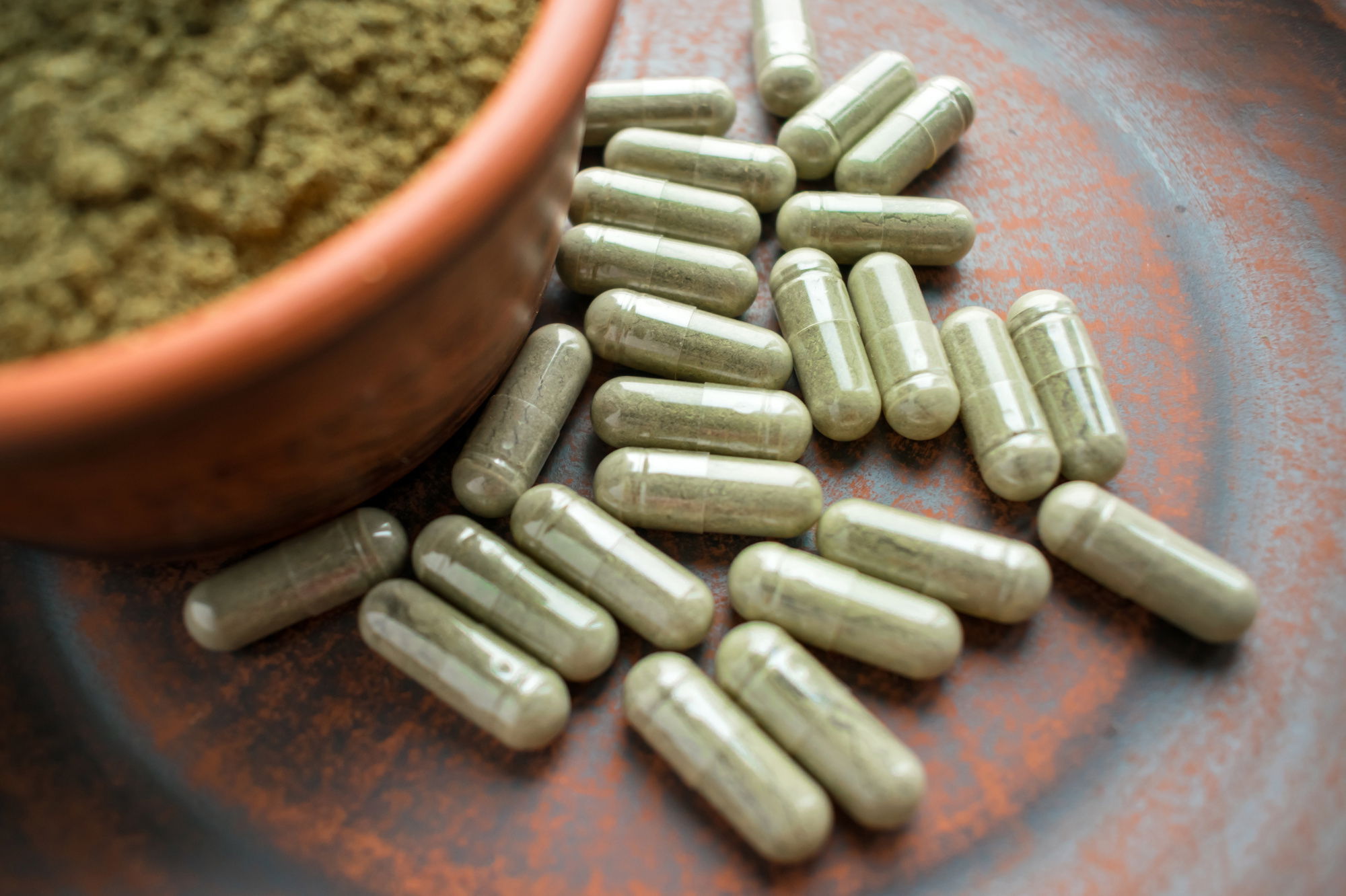How To Choose Kratom Powder

While the use of kratom powder is not new, it is only recently that its popularity has grown tremendously. In fact, the U.S. Federal Drug Administration (FDA) is now considering classifying kratom as a Schedule II controlled substance, which includes all plants that have a stimulant effect, but are not dangerous. In some parts of the world, including Japan, China and the European Union, kratom use is common. However, in the United States the use of kratom is prohibited and prosecuted under the controlled substances act. Learn more about this product. There are many reasons for regulating kratom use, including its potential pain relieving, mood altering and even stress relieving qualities.The two primary ways kratom is used are through ingestion and by injection. Although atom does not produce any opiate like effects when used orally, it does produce the same effects when used by injection. Because kratom is a derivative of the original plant, it has the same opioids like those found in Mitragynine. This makes kratom less toxic than most opioids and allows patients to reduce or stop the amounts required to achieve a therapeutic result. Commonly used doses range between one and three grams once daily.Mitragynine is the main ingredient in kratom tea. It has also been found to be effective in helping patients with opiate withdrawal, as well as chronic pain management. In fact, kratom provides relief from many common pain relievers like acetaminophen, aspirin and ibuprofen. However, it is typically used in conjunction with another drug such as Suboxone, an opioid antagonist that can help relieve and reduce the withdrawal symptoms of heroin and other opiate drugs. Other medications may also be prescribed to help patients with kratom withdrawal symptoms, such as buprenorphine, a strong medication that is used in the treatment of severe addiction to heroin. Even prescription dosages of these two medications can be dangerous if taken by inexperienced users.Most medical professionals recommend that before taking any over-the-counter or prescription medicines, potential kratom users first try kratom products to see how it can help them. The FDA has not approved kratom products to sell publicly, but many medical professionals have stated that it is a safe alternative to current opioid therapies. Suboxone is the only prescription drug that has received FDA approval for use in the treatment of heroin withdrawal symptoms. Since kratom products are considered a natural dietary supplement, it is not considered a controlled substance, and no serious side effects have been reported with repeated use.There are a few things users should be aware of when deciding to add mitragynine to their daily routine. First, kratom tea is currently not available from most grocery stores. It can be ordered online, but the potency and concentration in the atom are not currently known. Also, the active ingredient in kratom tea is Mitragynine, not related to any opioids at all. Click this link to get more info about Kratom Powder. Therefore, it is possible that mixing kratom tea with another substance could cause serious adverse side effects.Most people have good experiences with kratom tea, but consumers need to be cautious of any allergies or other issues that may arise from regular use of kratom tea. When choosing what type of kratom powder to use, be sure to research the various strains and extractions of kratom tea. Mitragynine should be the active ingredient in your product. The main goal of your purchase is to find a high-grade kratom tea that can be purchased in a convenient powder form. Once you have found that product, you will have a powerful source of pain relief for your Southeast Asia addiction problem. Learn more from https://www.encyclopedia.com/medicine/drugs/pharmacology/stimulant.
